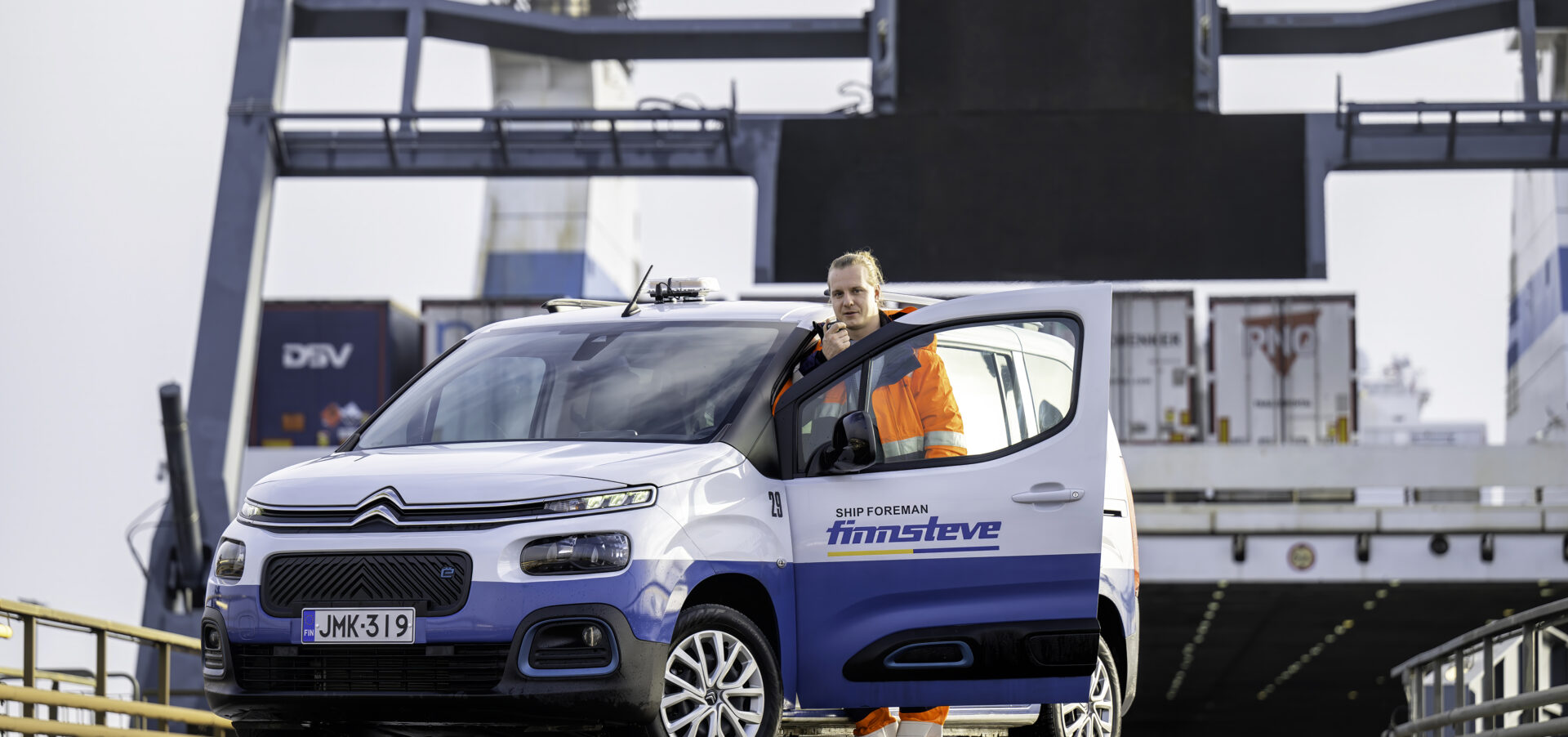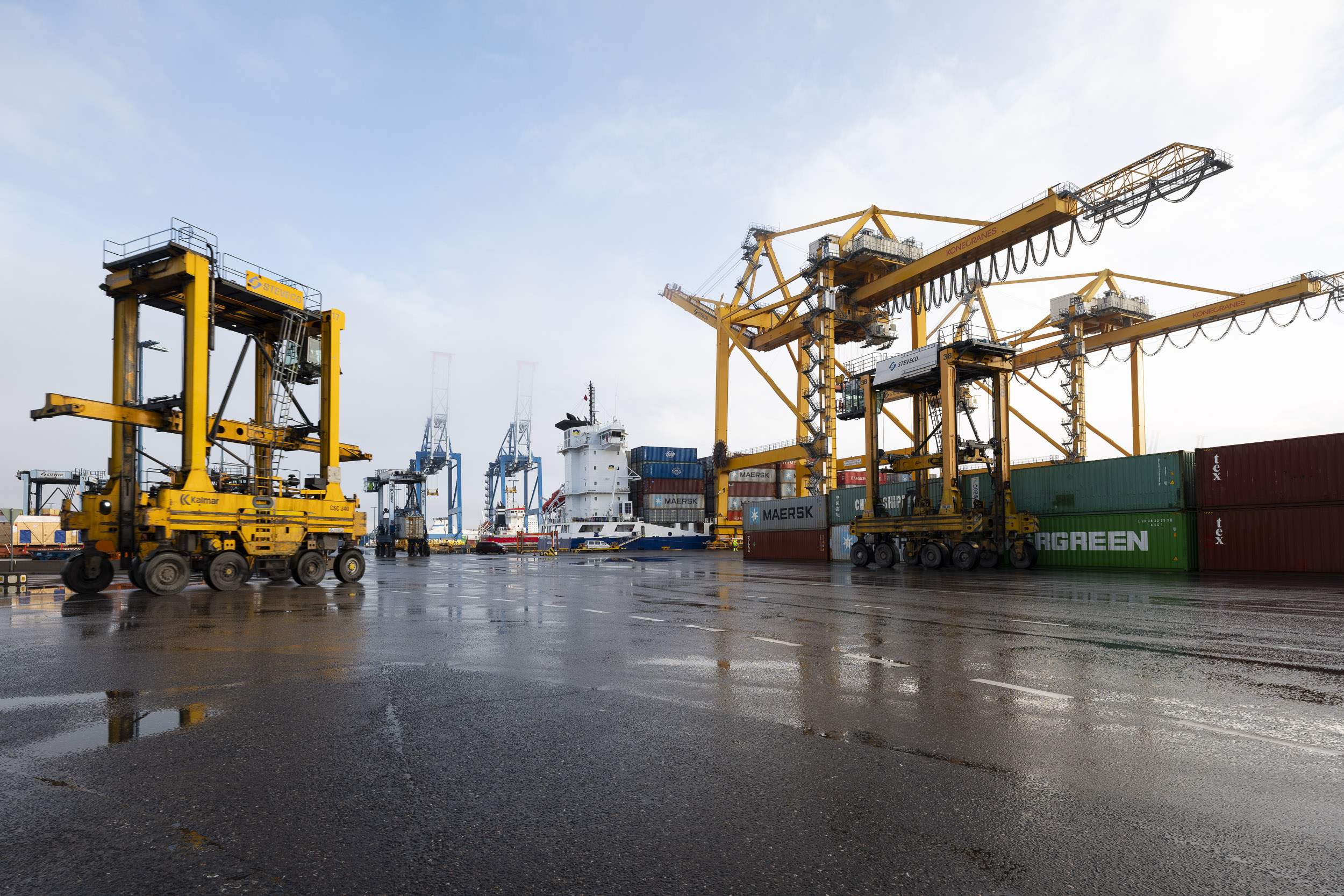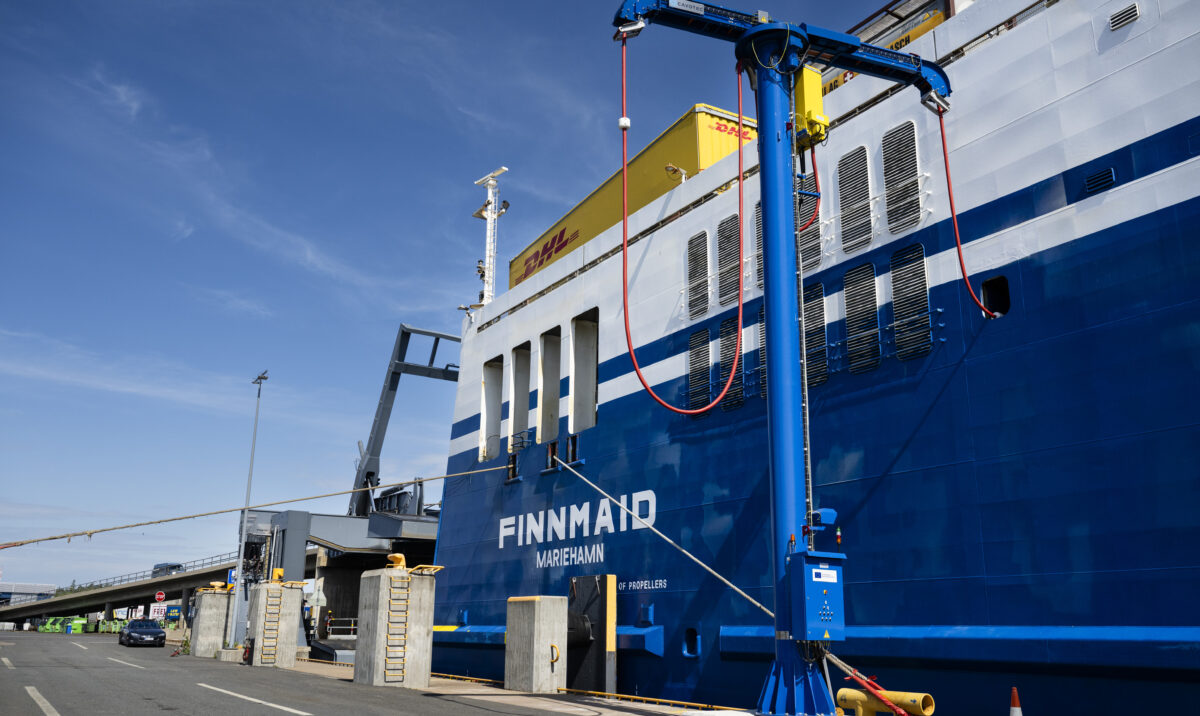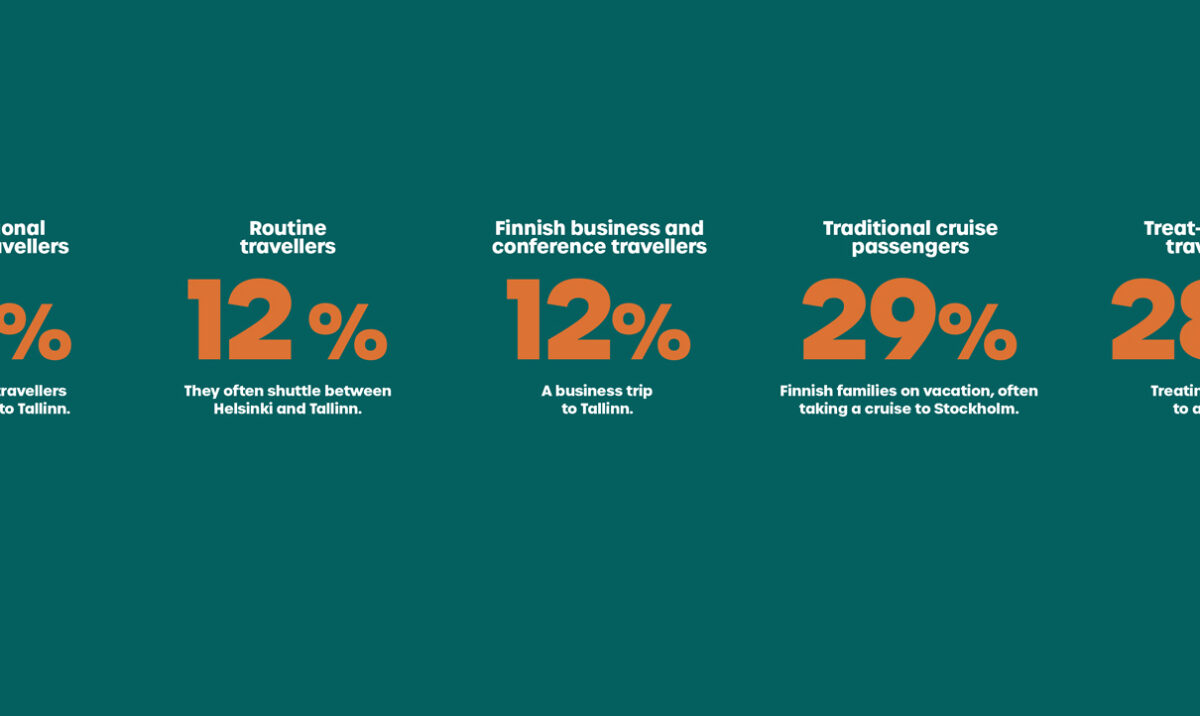
The port operators are heading towards lower emissions
Greenhouse gas emissions from port operations are being reduced by, for example, electrifying equipment, replacing fossil fuels with biofuels and optimising operations in general.
The EU is aiming to become carbon neutral by 2050, and is also forcing port operators to enhance their operations. Port operators in Finland have taken the task of reducing greenhouse gas emissions seriously, and have made significant investments in machinery and equipment that employs greener technology,” says Kimmo Lehtinen, a Director at the Finnish Port Operators Association.
The Finnish Port Operators Association is an advocacy organisation for enterprises that engage in stevedoring and terminal operations at ports. Without port operators, ships would not be loaded or unloaded.
Lehtinen says that Finnish ports already have electric cranes and shuttle buses. Yet for some types of machinery, there is no electric version available at all or then the electric versions that are on the market are not good enough. The machinery used in port operations must be extremely powerful, as it has to handle heavy loads. It must also be able to manage a double shift, that is, operate almost continuously for up to sixteen hours a day.
Juha Mutru, Managing Director of the Finnish Port Operators Association, says that the Finnish winter also poses a challenge. Four-wheel drives are required in the winter, but there are hardly any electric four-wheel drives on the market at the moment. He does not believe that switching solely to electrically powered machinery is a good idea at ports, as it will make them too reliant on electricity.
“When there is enough electrically powered machinery available, power outages will have to be taken into consideration. We must prepare for them in order to ensure security of supply, so that power outages will not bring the entire port to a standstill,” says Mutru.
A focus on better planning
Port operators have also made modifications to their properties, such as switching to LED lighting and installing solar panels on roofs. Fossil fuels are starting to be replaced with biofuels, and more attention is also being paid to the better planning of work, says Lehtinen.
Emissions from machinery used
at the Port of Helsinki in 2022 were 7800 tons.
“The first step in optimising port operations is to transport goods to and from locations that are as nearby as possible. This kind of planning eliminates unnecessary driving. It’s an easy way to save on fuel. Things such as driving style come next, as that also has an impact on fuel consumption.”
Lehtinen believes that port machinery will use a variety of propulsion systems in the future. The equipment used by port operators will run not only on electricity, but also on fuel cell technology and everything in between. The use of biofuels will also become more commonplace.
Customers interested in sustainability
Mutru says that port operators’ customers are more interested in sustainability issues than before. When companies purchase services from port operators, they pay attention to low-emission options. Companies want to find the transport chains with the lowest emissions, and both ports and port operators are essential links in these chains.
“In the future, in line with a forthcoming EU standard, emissions may be calculated either using averages or on the basis of actual emissions. As digitalisation progresses, we’re getting closer and closer to being able to measure accurate emission volumes from the transport of all kinds of cargoes. Customers are interested in these exact values,” says Mutru.
The CountEmissions EU initiative aims to standardise emission calculation principles for transport and logistics in the eurozone. The goal is to ensure that the results of greenhouse gas emission calculations for transport services will be comparable.
Mutru believes that the green transition will bring new cargo to ports. For example, an increasing number of wind turbines will pass through ports in the future. They are challenging to transport, as the parts can be a hundred metres long. This will require new kinds of expertise – and even equipment purchases – from port operators.

Port machinery will use a variety of propulsion systems.
Low-emission ports have an advantage
Janne Valkonen, a senior maritime consultant at the classification society DNV, says that the emission reduction targets set by ports will force all port operations to become greener. That is, each port’s objectives will also be reflected in the objectives of the companies operating at the port. For example, the Port of Helsinki’s 2022 Annual Report states that the port wants to reduce emissions from machinery in port areas by 60 per cent by 2035.
Shore power has been introduced in Vuosaari for Finnlines’ ships.
Valkonen believes that low-emission ports will have an advantage. If a port is able to demonstrate that its operations are low-emission, this may pave the way for new customer accounts, particularly if ships are transporting consumer goods.
“Customers are the drivers of big changes. When customers are demanding, financiers in turn demand that both ships and the entire supply chain must commit to emission reductions. This pressure trickles down the entire chain.” If a port can demonstrate that its operations are low-emission, some companies may switch their product shipments to that port.
Valkonen believes that digitalisation will enable port operators to plan their operations more accurately in the future. The more access port operators have to real-time data about ship arrival times, the better able they will be to plan their own work. This in itself will speed up the work done at ports, and will also save fuel, as the incoming ship will not have to wait around outside the port for a berth.





